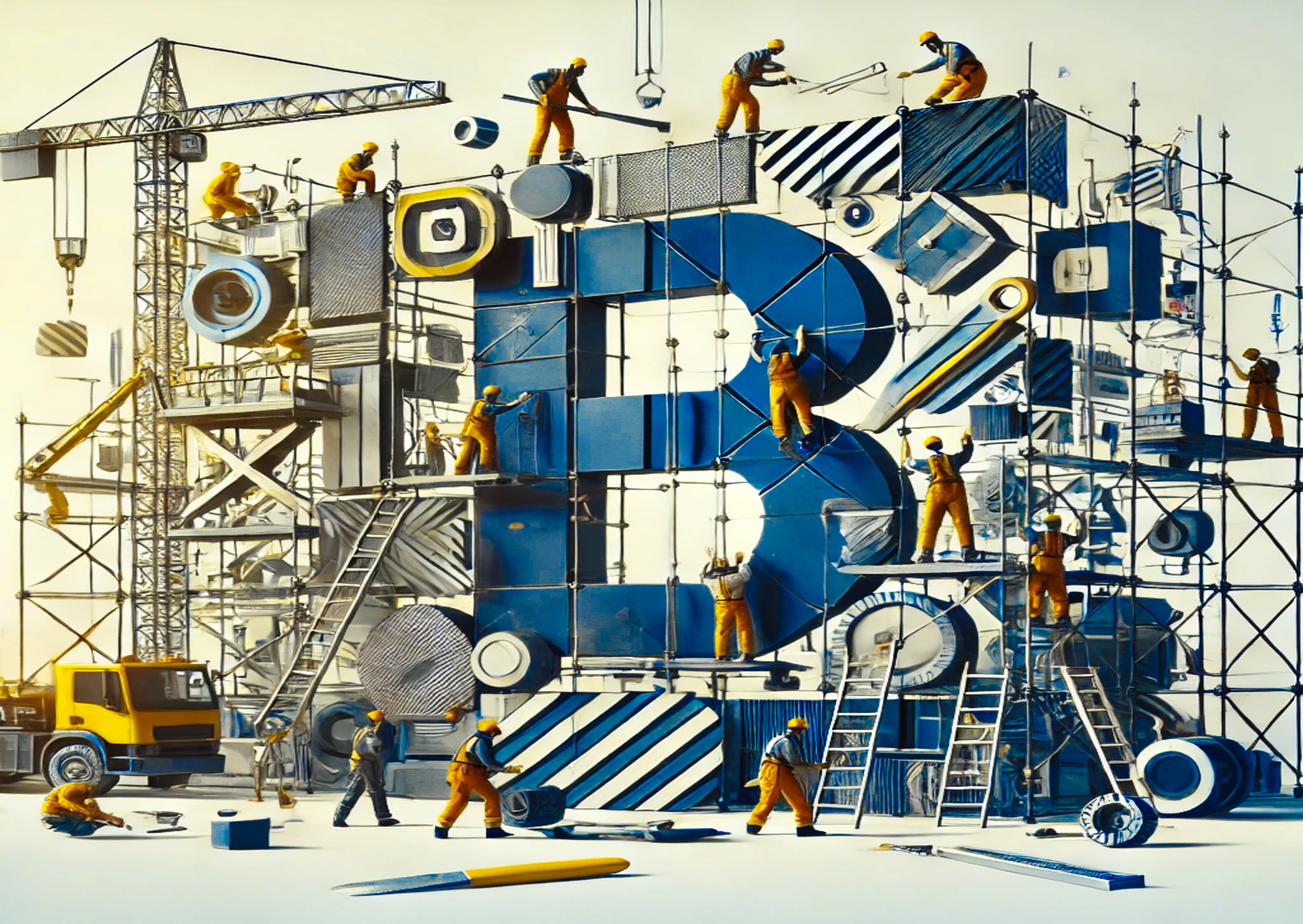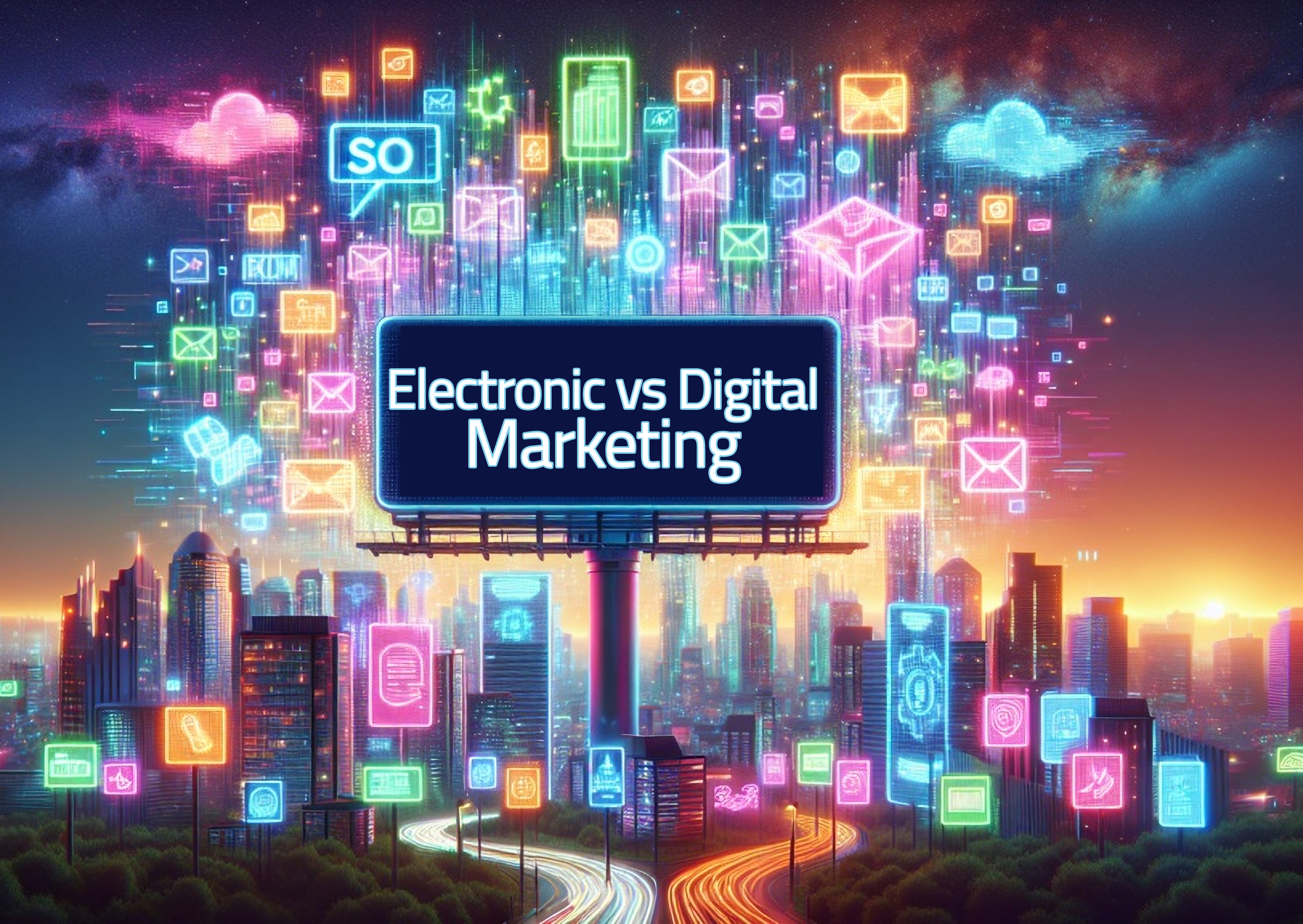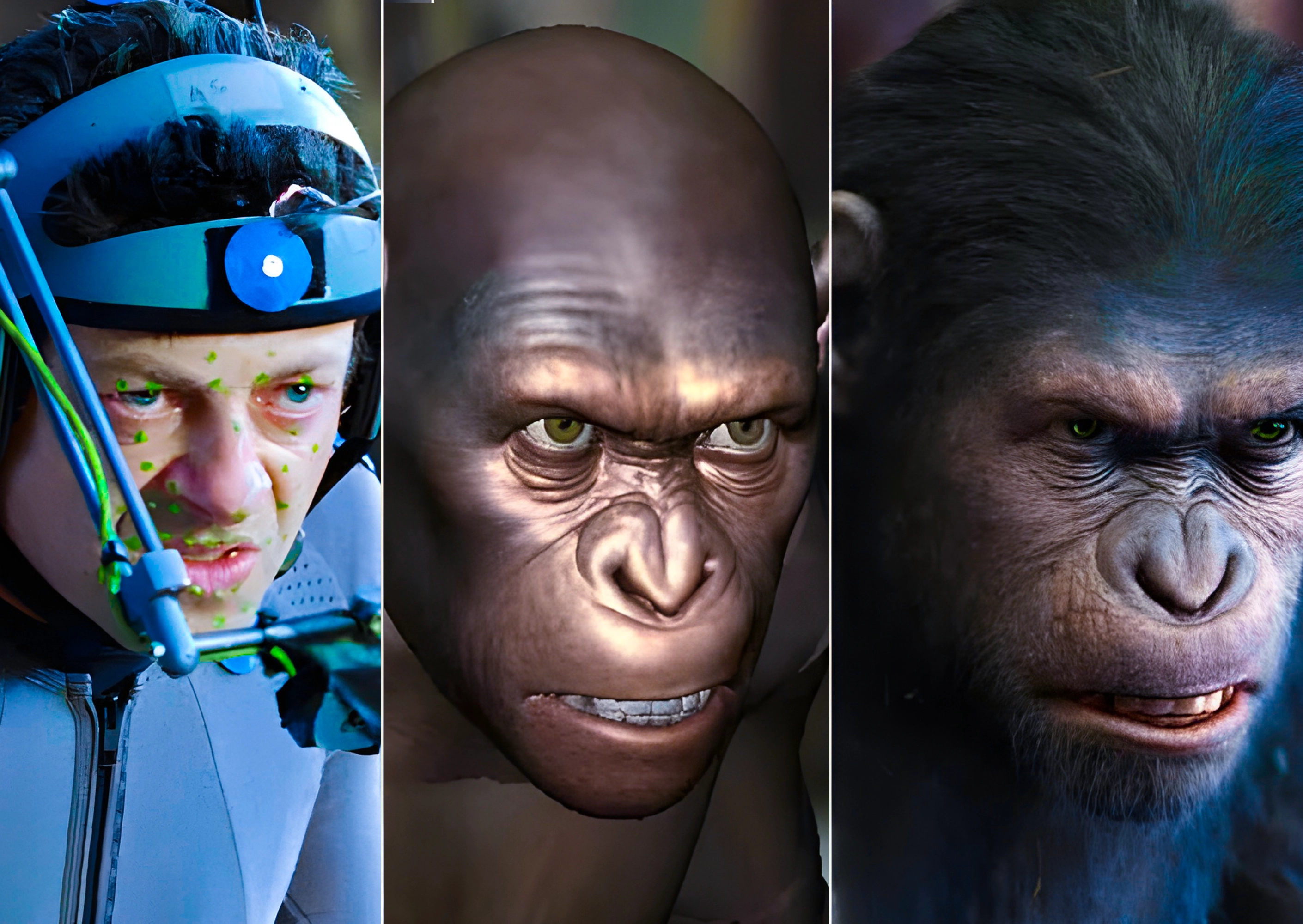
The future of filmmaking is here, and it is powered by virtual production VFX. This approach blends live-action filming with real-time computer graphics, allowing directors and visual effects teams to build entire digital worlds on set. Instead of waiting weeks for post-production, filmmakers now see their vision instantly, making the creative process faster and more immersive.
What Is Virtual Production VFX?
At its core, virtual production VFX is the use of advanced technology to combine real footage with digital elements during filming. Unlike the traditional process, where visual effects come at the end, this method integrates them from the very start.
• Virtual cameras give directors the ability to explore digital sets as if they were physical locations.
• LED walls project backgrounds in real time, replacing green screens.
• Game engines like Unreal Engine render scenes live with realistic lighting and textures.
This makes production not only efficient but also more creative.
Why Virtual Production VFX Matters
• Real-Time Creativity
Directors and the visual effects team can instantly test lighting, adjust backgrounds, or move a virtual camera to find the best angle. This eliminates guesswork.
• Lower Costs
Reshoots are expensive. With virtual production, adjustments happen on set, saving both time and budget.
• Better Performances
Actors no longer face empty green screens. Instead, they interact with immersive digital worlds, which improves their performances.
• Faster Delivery
Since most effects are completed during filming, post-production becomes smoother and faster.
How Virtual Production VFX Works
1. Pre-Visualization
Artists design the digital world before filming starts. These assets are uploaded into a real-time engine.
2. On-Set Shooting
LED walls surround the actors, displaying the digital set. The virtual camera syncs with real cameras to capture every angle.
3. Motion Capture
Suits and sensors track actors’ movements, creating lifelike digital characters.
4. Real-Time Rendering
Software updates lighting, weather, and backgrounds instantly.
Real-World Examples
- • The Mandalorian (Disney+) became famous for using LED walls instead of classic sets.
- • Advertising agencies now create futuristic brand campaigns without flying crews to remote locations.
- • Corporate storytelling uses digital worlds to showcase innovation and product launches.
Advantages for Different Industries
- Film & TV
- Marketing & Advertising
- Events & Virtual Shows
Studios use virtual production technology and VFX to cut costs, create unique environments, and shorten delivery times. By combining live action footage with virtual sets and digital assets, production teams can streamline the entire production process. Unlike traditional film production, virtual workflows open doors to exploring a virtual world through virtual scouting and advanced virtual production processes powered by platforms like Epic Games. These innovations accelerate key production stages while maintaining high creative quality.
Brands use digital worlds and virtual reality experiences to design immersive commercials that grab attention. With the integration of virtual production technology, agencies can leverage virtual sets and digital assets to craft campaigns that are both cost-efficient and visually engaging, helping brands connect with their audiences in new ways.
Virtual production enables live events with stunning backgrounds, combining live action footage and virtual sets for unforgettable experiences. By adopting advanced virtual production processes, organizers can design fully immersive virtual worlds that transform the way events are delivered, offering flexibility across all production stages.
The Role of the Visual Effects Team
Behind every successful virtual shoot is a skilled visual effects team. They: • Build digital environments and virtual sets with high-quality digital assets. • Manage real-time rendering using virtual production technology powered by platforms like Epic Games. • Control the virtual camera for cinematic shots that blend live action footage with immersive virtual worlds. • Ensure smooth integration between actors and environments, whether in virtual reality or during traditional film production.
The visual effects team also supports virtual scouting, optimizes virtual production processes, and coordinates each production stage to streamline the overall production process. Their collaboration with directors, cinematographers, and set designers ensures seamless results that bring the vision to life with innovation and precision.
Future of Virtual Production VFX
The future is bright. With advances in AI-driven rendering, cloud
collaboration, and AR/VR, filmmakers will soon create even larger
computer generated digital worlds with less effort. This technology
is not limited to blockbusters—it is opening doors for indie
creators, agencies, and even education, starting as early as the pre
production phase.
In the end, combining both approaches gives you more flexibility and
broader reach to connect with your target audience in powerful ways.
Conclusion
Virtual production VFX is no longer just an experiment—it is a revolution. By merging digital worlds with live-action filmmaking, it allows directors to save costs, speed up production, and unleash creativity. Whether in film, advertising, or corporate storytelling, the combination of virtual cameras, LED walls, and real-time rendering is setting the new global standard.
































